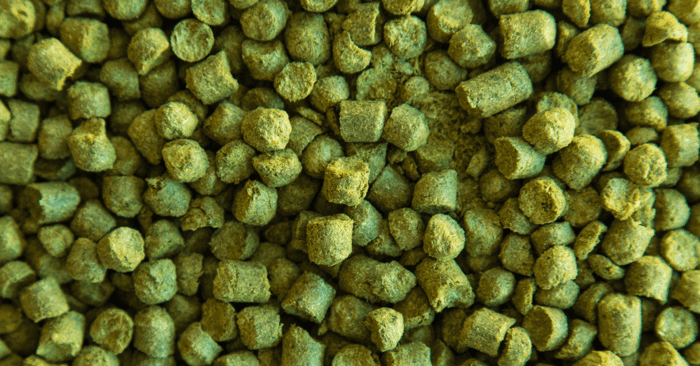There's something almost meditative about the dry hopping process – that moment when you open a fresh bag of hops and breathe in those incredible aromatics. It's one of the most rewarding aspects of brewing, transforming your beer from good to extraordinary with the right technique.
Many brewers across Europe have discovered that successful dry hopping isn't about following rigid rules, but understanding the science behind hop oil extraction. Let's explore a method that maximises aroma whilst minimising the common pitfalls that can turn your beautiful beer into something resembling hop tea.
Understanding the Warm Extraction Method
The secret lies in working with fermentation rather than against it. This technique involves introducing hops whilst your beer maintains fermentation temperature, allowing the natural warmth to improve essential oil solubility.
The process breakdown:
Begin dry hopping when your beer reaches approximately 1.020 specific gravity. At this stage, fermentation creates gentle convection currents that naturally distribute hop particles throughout your batch, without the vigorous activity that would strip away delicate volatile compounds.
Maintain contact for precisely 3 days at fermentation temperature, then chill the beer for 24-36 hours before transferring away from yeast and spent hops.
Why This Approach Works Brilliantly
This method addresses several common dry hopping challenges that European brewers frequently encounter:
Enhanced integration: The beer develops a more cohesive hop character rather than that harsh, extracted quality that can dominate poorly executed dry hops.
Improved efficiency: Achieve the same aromatic intensity using approximately 25% fewer hops – particularly valuable given current hop market prices across Europe.
Eliminates harsh characteristics: This technique prevents the development of resinous, pine-like notes that can overpower more delicate hop varieties popular in European brewing.
Streamlined production: The entire process from 1.020 to final gravity requires only 2 days, plus one additional day for hop contact. Transfer can occur within 24 hours of chilling.
Consideration for yeast management: If you practise yeast harvesting for subsequent batches, plan your brewing schedule accordingly, as this technique renders the yeast unsuitable for reuse.
Research Validates Shorter Contact Times
European brewing research, including Peter Wolfe's comprehensive thesis on dry hopping, demonstrates that optimal aroma extraction occurs within 4-24 hours depending on system variables. Extended contact periods actually diminish aromatic contribution – counterintuitive but scientifically proven.
Commercial Brewing Perspectives
Stone Brewing (California) chills their beer to 17°C immediately following primary fermentation, removes yeast from the cone, then introduces hops. They circulate three times over 36 hours before final chilling. Their experience suggests dry hopping with yeast present reduces astringency.
Russian River employs a staged approach at 16°C, using two separate hop additions over 6-14 days. They've observed superior aroma development at 20°C, though this temperature interferes with yeast collection.
Great Divide maintains 20°C for 7 days, whilst Smuttynose follows a similar temperature regime for 7-10 days using high-alpha varieties exclusively.
Recommended Hopping Rates (Metric)
For India Pale Ales: 100-150g per 23-litre batch
For Pale Ales: 50-100g per 23-litre batch
For Session styles: 25-50g per 23-litre batch
Adjust quantities based on hop oil content and desired aromatic intensity
Developing Your Technique
Remember, brewing excellence comes through experimentation and understanding your specific system. Start with these guidelines, then adjust based on your equipment, ingredients, and flavour preferences.
Want to expand your brewing knowledge further? Explore our comprehensive Brewing 101 collection for techniques that will enhance every aspect of your brewing process.
Questions about implementing this dry hopping method? Contact us – we're always eager to discuss brewing techniques with fellow enthusiasts!
L'équipe du Grainfather










